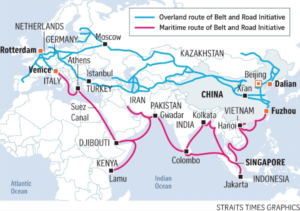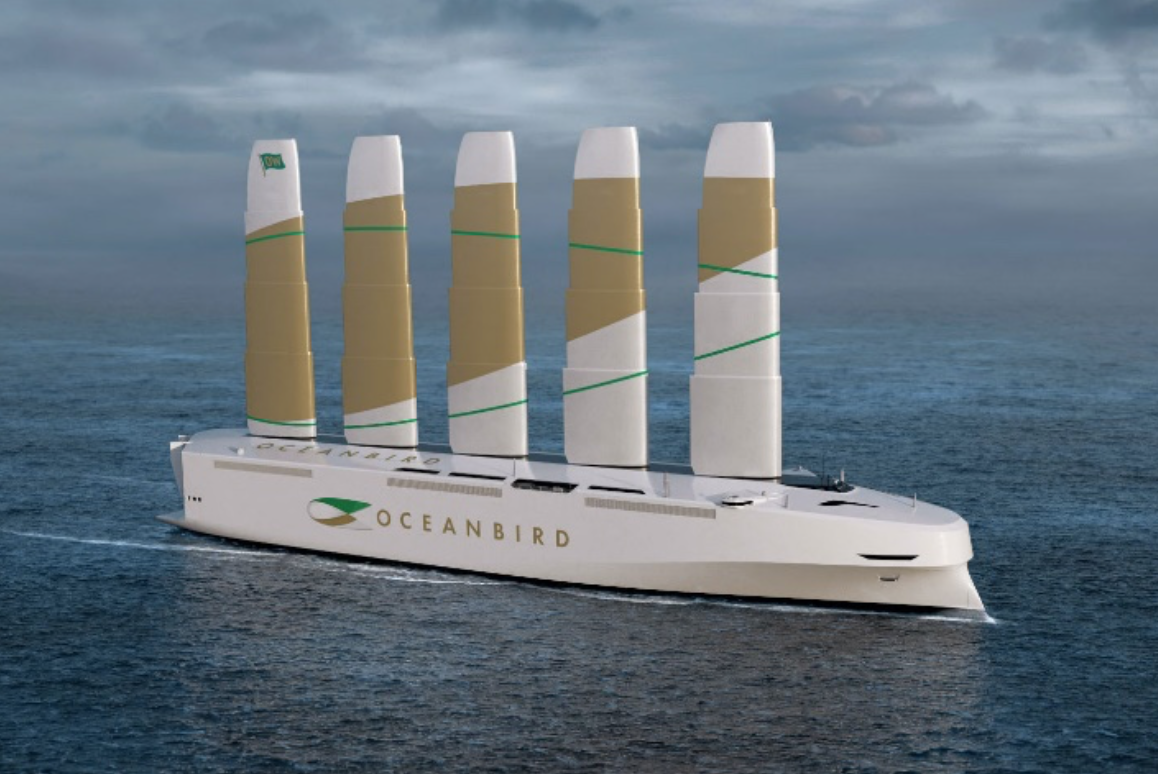The Trends That Will Shape Our Future
I was interested to note an article last month wherein California based Navis unveiled its leading predictions and trends that will drive the shipping industry in 2021.
For those unfamiliar, Navis is a subsidiary of Cargotec Corporation and has carved out a considerable niche in the development and supply of advanced container terminal operating systems across the globe. The predictions were as follows:
1. More investment in cloud-based technologies
2. Rise of smart technology for inland and marine logistics:
3. Automation adoption at terminals will accelerate
4. Increased focus on sustainable operations
It would be hard to argue against any of these, on the contrary, I would probably argue that they are already well underway. The point that Navis is making of course is that the pace of change will accelerate, at least in part as a reaction to the pandemic now that millions of traditional office-based workers realize that today’s technologies allow them to just as effective when working from home. This is an important trend in terms of reducing road and transit congestion, along with the obvious environmental benefits. However, the downside that is emerging is that city centre business districts are in danger of becoming ghost towns.
So, what lies ahead? Here are some likely trends as 2021 kicks into gear:
1. New Vessel Concepts: One of the brightest pieces of maritime news in 2020 was the development by a Swedish consortium of a concept vessel which they have named Oceanbird (picture above). The concept is that of a sailing vessel with the capacity to carry up to 7,000 cars while reducing emissions by 90%. Credible or not, the mere fact that Wallenius Marine has invested considerable time and effort into developing the concept speaks volumes for where they see our industry heading.
2. Autonomous Shipping: Advances in Artificial Intelligence have allowed autonomous shipping to advance from concept to a reality which will only accelerate. The IMO is now firmly on board and has taken the first steps to define and regulate “a ship which, to a varying degree, can operate independently of human interaction, and broadly laid out levels of autonomy.”
3. Container Terminal Automation: The automation of container terminals will accelerate despite opposition from vested interests. The cost of container terminal development, most especially greenfield sites, is now so high that a reasonable return on investment is often unachievable with traditional manning levels.
3. LNG as a transition fuel: Shipping will continue to adopt LNG as a transition fuel to meet IMO climate goals, however the fuels of the future seem increasingly certain to be hydrogen, ammonia and fuel cells. A.P. Moller Holding, the parent company of Maersk Line has recently invested EUR 20 million in Denmark’s Green Hydrogen Systems, a supplier of modular electrolyzers producing green hydrogen from renewable energy.
4. Container ship capacity: Container ships will plateau in capacity at around 26,000 TEU capacity and new lashing systems will be developed.
5. China: Chinese domination of world trade through commerce, shipping, aviation, capital investment, acquisition of successful companies and control of strategic materials will continue to grow. The Belt and Road initiative will continue to develop and quietly provide a platform for the next stage of China’s global influence.

It is perhaps also worth noting that the U.S. trade war with China has not resulted in a correction of the trade imbalance between those countries which has in fact grown. The Phase 1 trade deal signed in early 2020 whereby China committed to importing $172 billion of U.S. goods in specific categories before the end of the year has also not materialized. The actual figure is about half that.
6. IMO Focus: The IMO will come under increasing pressure to seriously address vessel underwater noise, hull bio-fouling and the fire-fighting capability of large container ships. Sadly, the IMO has failed to provide the leadership required to address the unwillingness of many member states to allow crew changes during the global pandemic. These states have arguably forfeited all moral authority to govern the marine industry and it’s, therefore, reasonable to assume that changes in governance are inevitable.
7. Cruise sector: It will take time for confidence to return to cruising and the industry may never be the same again. Irrespective of the global vaccination program, testing programs and the expansion of shipboard medical facilities, the pandemic has demonstrated that with the majority of cruisers being retirees, there are greater risks associated with infection. This will have consequences for the attractiveness of cruising,
8. Baltic Dry Index (BDI): Finally, I will go out on a limb and predict that as the world comes out of COVID, there will be a surge in the BDI this year. This was be underpinned by global economic recovery and the low rate of fleet growth while owners continue to sit on the fence until there is some certainty around the future direction of marine fuels.
Photo credit: Credit Wallenius Marine

